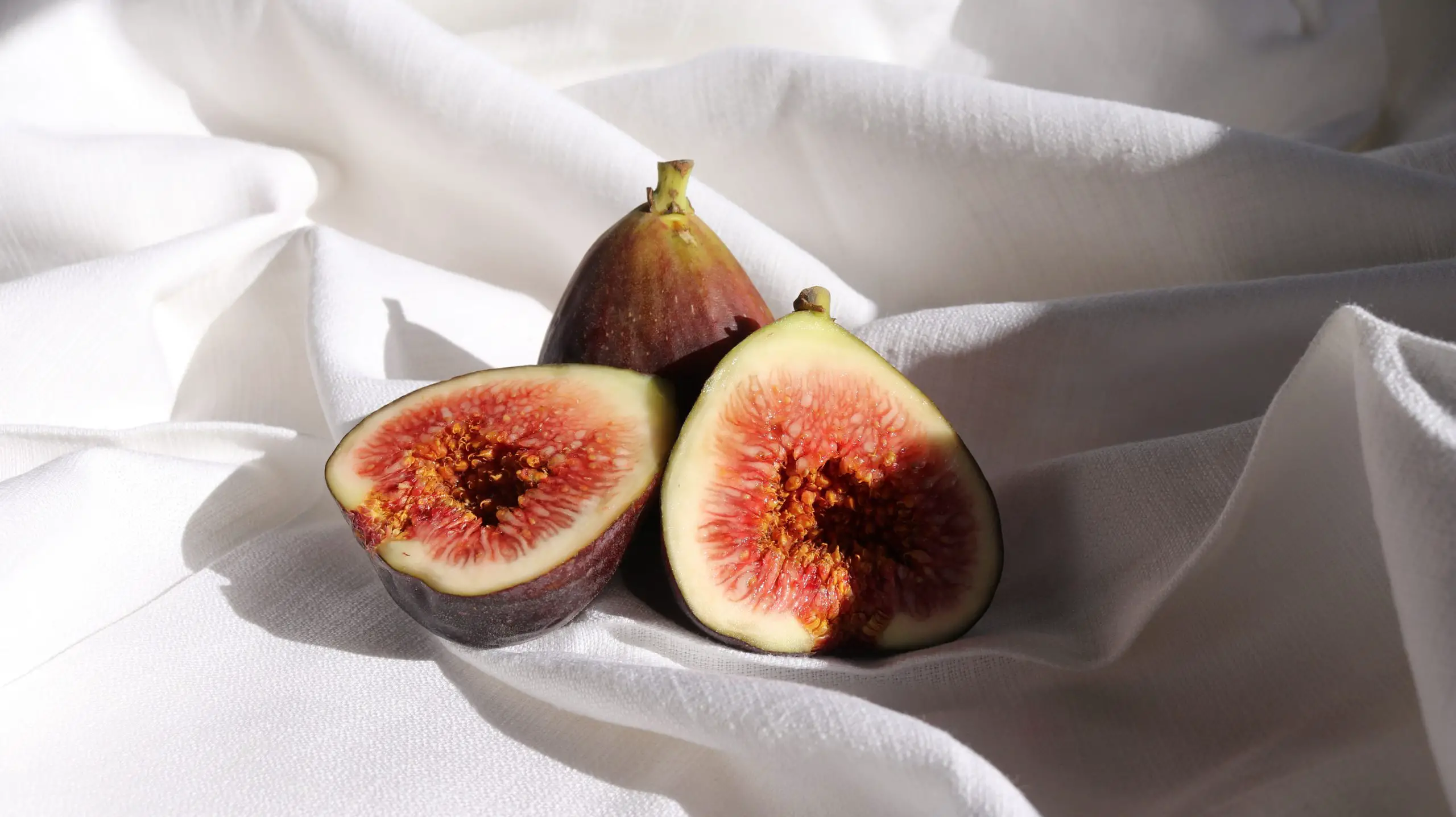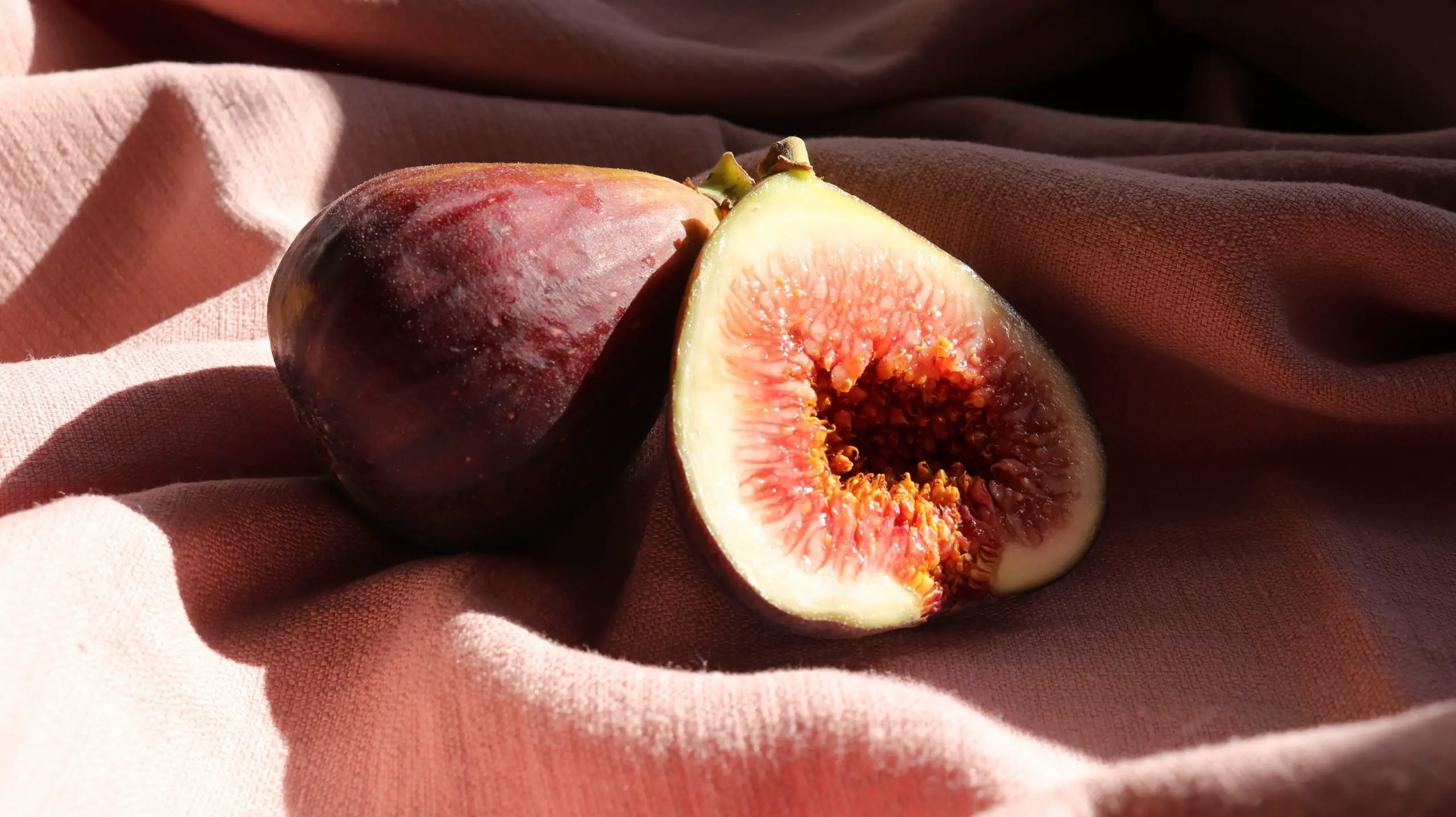If you want to know how to store fresh figs, then this article will be helpful for you. Figs are a sweet and delicious snack, but they can be delicate. When it comes to storing figs, there are several important things about this sweet fruit. First, you must know how to identify bad figs because bad figs stink! Second, more soft figs spoil quickly, and moldy ones also spoil. In this article, you will get the time limit for fresh figs and information related to them.

How to Store Fresh Figs?
When it comes to storage, fresh figs require a lot of care because they spoil quickly and easily. Keep the figs on a plate covered with a paper towel if you plan to consume them within two to three days of purchasing them. The figs are readily crushed if stacked on top of one another.
Put the platter away from the sun or any other sources of heat and cover the figs with plastic wrap. The refrigerator is the ideal place to keep fresh, ripe figs because it can keep them there for up to a week. Use this easy guide to learn how to keep fresh figs in your refrigerator.
Using Airtight Container to Store Fresh Figs:
To preserve fresh figs for long-term use, keep them in an airtight container in a cool, dark location, such as a refrigerator or pantry. Generally, figs keep for up to 6 months in a refrigerator. If you want to extend the shelf-life of figs even longer, store them in the freezer. For best results, keep figs in airtight containers or vacuum-sealed freezer bags.
Using Freezer Bag to Store Fresh Figs:
Put the frozen figs in a freezer bag or airtight container and keep them there. So that you know how long you can use the figs, mark your container or bag with the date. The figs can be preserved in this manner for up to a year.
Refrigerating Fresh Figs:
The figs should be placed in the refrigerator after two to three days at room temperature. The figs will last for about a week in the refrigerator. The figs should be exposed to only the elements for three days. If this is the case, the figs will smell strongly fermented, which signifies that they are past their prime.
Discard figs that are moldy or overripe: Once you arrive home, check the ripeness of your batch of figs. Any subpar ones that might taint the batch should be discarded. With vibrant purple skin, your figs should feel soft and supple but not overly so. Keep only the ripe fruit; discard any moldy or mushy figs.
The figs should be placed in an air-holed tray: Fresh fruit should be kept in a polystyrene or cardboard tray. To prevent the figs from coming into contact, place paper towels between them. This will preserve the fruits‘ freshness by absorbing some of their moisture.
Frozen figs should be wrapped and stored: To protect your figs from the smells of other foods in your fridge, wrap the tray of figs in plastic wrap or put it inside a plastic bag. Put the figs in the fruit crisper drawer if your refrigerator has one. They can remain in this condition for up to a week.
Canning Fresh Figs:
Another method of preserving fresh figs is canning them. Figs in cans can be kept for 18 months. Store the jars only for a short time if you don’t hear the lids burst when you submerge them in boiling water. Consume as soon as possible and refrigerate. Here’s how to go about it:
- Use the dishwasher or boiling water to sterilize jars.
- Washing and removing the stems from the figs will make them ready.
- Add 6 to 8 cups of sugar to the simmering figs over low to medium heat.
- Cook for approximately 3 hours, stirring occasionally.
- After adding the figs to the syrupy liquid, place the lids on the jars.
- After 30 minutes in the boiling water, remove the jars and secure the lids.
How can I Dry Figs?
A further useful strategy for extending the shelf life of your fresh fruit is to dry figs. You can either use your oven or a dehydrator. To prepare dried figs in the oven, adhere to these guidelines.
Warm up the oven: Fixed your oven to the lowest temperature possible, ideally 140 degrees or lower. They fixed a rack in the center of the oven. Cut and wash the figs. From stem to base, slice the uncooked figs in half. The figs should be washed in cold water, drained in a strainer, and dried with paper towels.
In the oven, put the figs: Stack the cut figs on a cooling rack over a parchment-lined baking sheet. Give each fig some room, so they are not touching. In the oven, put the baking sheet. Allow the figs to dry for eight hours, monitoring the process frequently.
Put dried figs away: Take the dried fruit out of the oven. Dried figs can be held at room temperature in an airtight container. The shelf life of dried figs is six to twelve months.
What Characteristics Indicate Bad Figs?
The fragrance of rotting figs is the first indication that they have gone bad since, once plucked, figs immediately ferment. It is time to throw away the figs if they smell bad. If the proper storage conditions have been maintained, they might already be good, even if you just brought them home from the market.
One method to have fresh figs go bad in a matter of hours is to leave them out in the sun. Figs may get a white cast, much like any other product that contains sugar. It shouldn’t worry you. Once the natural sugar starts rising to the surface, it occurs.
The growth of mold is another reason fresh figs might not be edible. They contain moisture. Only take the chance if you distinguish between the mold and the sugar cast. When compared to fresh figs, dried figs don’t spoil as quickly. Figs that smell unpleasant or have mildew on them should not be eaten.
How to Store Fresh Figs After Souring?
Figs are known for their short shelf life and spoil quickly if not stored properly. Figs aren’t always easy to tell if they’re ripe; you should look for plump, wrinkled fruit with thin, shiny skin and oozing juice. If the fig smells sour, it’s likely overripe and needs to be thrown away. Fresh figs have a relatively limited shelf life., so you have to plan for this. It’s best to pick them as soon as they are ripe and plump because they don’t last very long, though they can last a few days.
Figs that have gone bad will not taste as good as ripe; sour figs will deteriorate other products. If you suspect figs are spoiled, you need to act fast. Check the figs for signs of rot. The flesh will shrivel and ooze water, and it will begin to taste bad and look disgusting to eat. They will have a white powder or cast on them. To prevent this, choose varieties with a narrow ostiole. For example, if your figs are prone to rot, look for the sour fig varieties, Alma and Celeste.
What is the Shelf Life of Fresh Figs?
Fresh figs have a relatively limited shelf life. The explanation is that figs are only selected when fully ripe since they do not continue to mature after being picked. If you know how to store fresh figs properly, you may increase the shelf life of both fresh and dried figs.
It is advised only to purchase fresh figs if you know you will consume or utilize them within a week. Fresh figs have a two to three-day shelf life if stored at room temperature and out of the sun. You can either refrigerate or store the figs in cold storage if you need them to endure for a long time.
It should be mentioned that the refrigerator will only help a little. Figs should only be stored in the refrigerator for seven days. Contrarily, dried figs last long, just like any other dried fruit. Dried figs can be placed at room temperature for up to a year.
Due to yeast and mold growth, fresh figs have a shorter shelf life. With the aid of irradiation and packing in a changing environment, the study sought to increase the shelf life of fresh figs (MAP). The effects of irradiation and MAP were assessed on fresh figs’ quality and shelf life.
A study was done on the combined impact of MAP and irradiation on the fresh fig quality. According to the findings, MAP and irradiation levels of 0.5 and 1 kGy produced the greatest results for enhancing the quality and shelf-life of fresh fig.
Conclusion
By storing fresh figs, you can save time and eat them whenever you want; Fresh figs require full sun to ripen. They perform the best south of the 800-hour chilling zone. They can tolerate temperatures of 10 degrees F or less but are most productive in full sunlight. A fig tree planted at home needs sunlight for 7-8 hours daily. If they are not grown in full sunlight, they may not bear fruit.
The sun can be particularly strong in the afternoon, which can cause the leaves to burn. Dehydrating is a quick and easy way to preserve fruit. Figs were among the first dried fruits to be made because they are relatively forgiving. The process is quick and easy, and you can try different combinations before committing to a particular flavor. You can also dry whole figs into quarters or halves. You can also try different-sized figs and adjust the dehydrating time.

